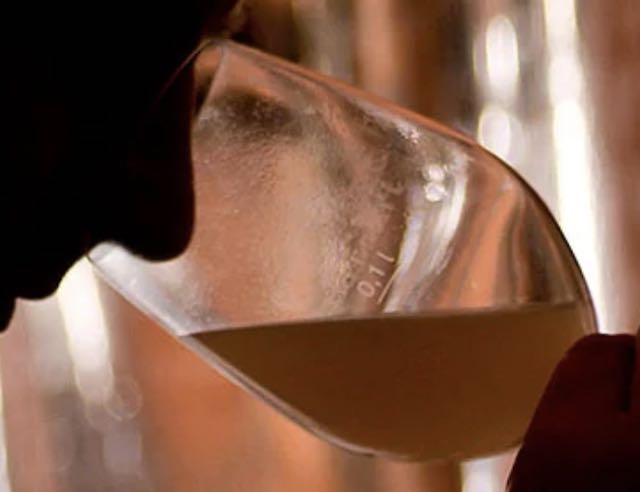Acidity And PH (Australian Wine Research Institute)

The pH of juice or wine is a measure of the strength and concentration of the dissociated acids present in that medium. It is calculated using the concentration of hydrogen ions in the formula pH = -log10[H+] and can be adjusted through the addition of acid or base.
The pH of juice or wine is important to know as it plays a critical role in many aspects of winemaking, in particular wine stability. Boulton et al. (1996) writes that pH influences microbiological stability, affects the equilibrium of tartrate salts, determines the effectiveness of sulfur dioxide and enzyme additions, influences the solubility of proteins and effectiveness of bentonite and affects red wine color and oxidative and browning reactions.
Understanding the relationship between pH and sulfur dioxide (SO2) is critical. SO2 has both antioxidant and antimicrobial properties, making it an extremely effective preservative for wine. The amount of SO2 in the free form, and in particular the molecular form which determines the effectiveness of SO2’s anti-microbial activity, depends on the pH of the wine. The higher the pH, the less SO2 will be in the useful free form AND the less effective this free SO2 will be.
Therefore, all other things being equal, at a higher pH not only will more SO2 need to be added to achieve the desired level of free SO2, but the concentration of free SO2 required to have the desired antioxidant and antimicrobial properties will in itself also be greater. So if the vintage delivers higher than typical pH values, it’s important to think about adjusting SO2 levels during storage.

